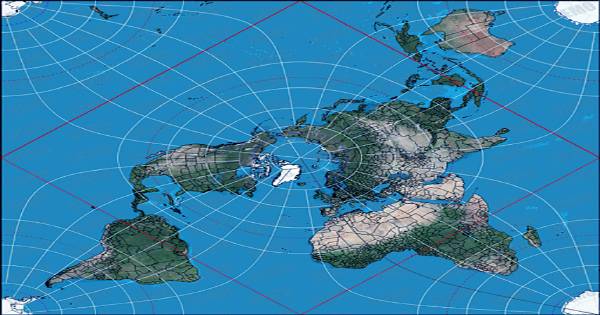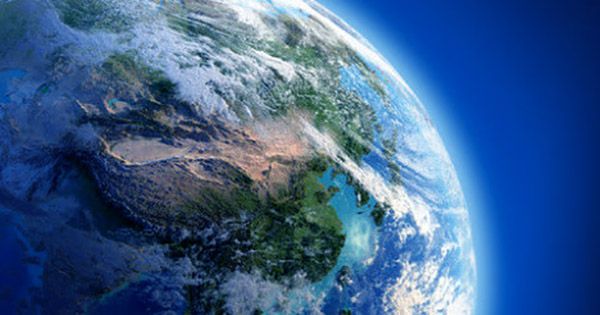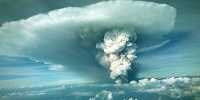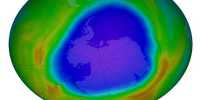Buck your seatbelt everyone – science is embracing the flat earth somewhat good. It is difficult to make a map of the earth, because a spherical shape (yes, it is round) means that it is impossible to do the math on a flat paper map. When people try, whole continents become distorted, the most famous being Africa, a continent that is often presented in shape on world maps.
In addition, maps are usually base on the country in which they made. Each country has a map that looks at the center of it, meaning a different system throws many people. In search of better alternatives, researchers from the University of Philadelphia and Princeton University in Drexel have designed a new 2D map that is flat and centered around each pole. The authors of this study claim that their results are the most accurate 2D map to date, revealing their creation in a preprint (not yet peer-reviewed) on RXV.
By printing the map on both sides of the disk, the map combines the accuracy of a globe with the comfort of a 2D map. It a flat-packed globe, leaving plenty of space while maintaining accuracy. Their inventions could easily fit in the pocket of a wandering pirate or explorer, and researchers hope it will become an accepted world map. Emeritus Professor J. Richard Gott said in a statement, “Our map is actually more like the Earth than any other flat map.” To see all our new maps, you just have to flip over it.

In 2007, David Goldberg and Gott, professors of physics at Drexel University, compiled existing maps and developed a system for scoring each based on various criteria, such as distance error and lopsidedness. The system quantifies each new map with a Goldberg-Got score, providing a basic accuracy ranking where the lower the score the better. Marketer Projection, the most well known map in the world, has a score of 8,396. Compared to the new map, which has a score of only 0.881, it is clear that the new design much less distorted.
Although it is the most accurate to date, it still does not accurately represent the exact distance to Earth. “No one can perfect everything,” Gott said. “A map that is good at one thing may not be good at depicting other things.”
In search of a perfect map, people have taken some crazy angles. The popular Dymaxion polyhedral projection in 1943 shattered the map to connect all the countries by breaking up the sea. It has created a map with around Antarctica (rare seen in 2D maps) with decent country size accuracy, but odd shapes make it extremely difficult to follow. Instead, Goethe developed this design to draw inspiration for creating double-sided maps.
















